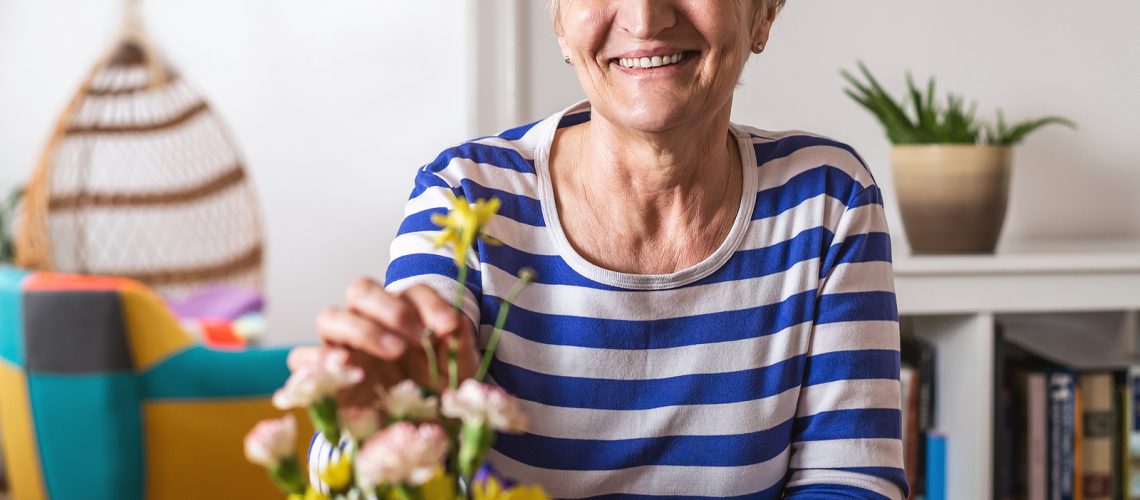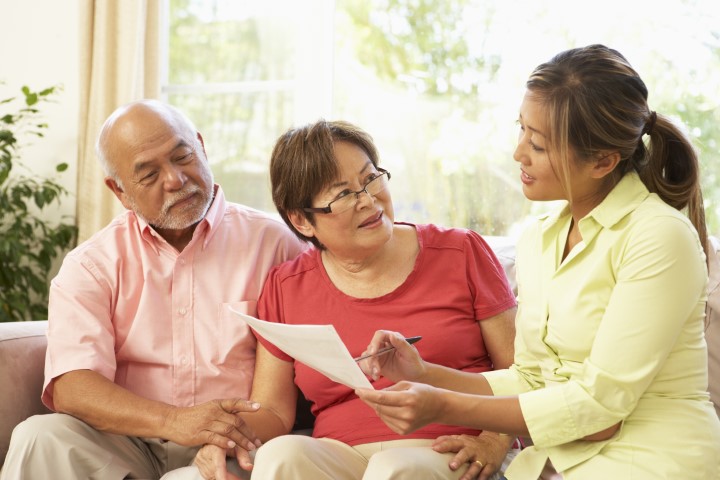A growing number of seniors are choosing to enjoy post-retirement independently in the comfort of their own homes. But with age comes physical and cognitive changes that can make living alone more challenging. Since older adults are more vulnerable to injuries, burns and infections, it is important to take the proper steps to reduce risks in and around the home.
If you have a loved one aging at home, take the time to perform a home safety assessment. Here are some tips to help improve a senior’s functional independence so they can age safely at home.
- Remove Fall Hazards
Elderly living independently are at a much higher risk of severe falls. In fact, The Centers for Disease Control and Prevention (CDC) reports that one out of every four Americans over the age of 65 suffers a fall each year. These changes to a home can help prevent serious falls:
- Arrange furniture to clear walking paths.
- Get rid of throw rugs.
- Regularly tidy up clutter, such as shoes, magazines or extensions cords.
- Encourage your loved one to wear non-slip footwear when indoors.
- Repair uneven flooring or unmarked steps.
- Ensure adequate lighting throughout the home by replacing old lightbulbs, adding additional lamps and placing nightlights in hallways or bedrooms.
- Tighten all handrails and banisters to provide a sturdy support for stairs.
- Improve Kitchen Safety
If your loved one is still preparing their own meals, the kitchen will need to be as safe as possible. Easy adjustments may include:
- Store frequently used pots, pans, utensils and food on lower shelves or cabinets where they are easily accessible.
- Make sure the oven and stove are working properly, and consider installing automated shut-off timers.
- Replace old appliances with damaged or fraying electrical cords.
- Update Safety Devices
In addition to making sure the home has working smoke detectors and carbon monoxide detectors, there are many other at-home safety devices designed to keep seniors safe. Consider the following:
- Place cordless phones within easy reach around the house, and consider getting your loved one a mobile phone that they can carry with them as they move from room to room.
- Equip phone features for a larger keypad and display window, so that the senior can see and press them with ease.
- Keep emergency numbers nearby or program them into the phone.
- Consider getting your loved one a personal fall detection device that can be worn at all times in case of an emergency.
- Make the Bathroom More Accessible
Slippery bathroom surfaces can be dangerous for older adults with limited mobility or poor eyesight. Here are a few ways to improve safety in the bathroom:
- Install grab bars in and around the shower or tub for added stability.
- Add a shower chair if balance is a problem.
- Use non-slip mats or rugs to help eliminate falls on slippery surfaces.
- Replace the original toilet seat with a raised toilet seat and handlebars.
- Consider lowering the thermostat on the water heater to prevent accidental burns.
- Upgrade to a walk-in tub, which is easier and safer than having to climb over a threshold.
Finally, home safety for seniors means checking in with your loved one and assessing the home for hazards on a regular basis. By taking the time to safeguard your elderly loved one’s home now, you can encourage them to live the healthy, happy life at home that they desire.


